Photographer Has Headed Into Areas Untouched By Sunlight And Found Creatures That Are Exploding With Colour
Wildlife photographer Danté Fenolio has headed into areas untouched by sunlight – deep seas, caves and underground – and found creatures that are exploding with colour.

First are these blue-spotted jawfishes, which live in tropical reefs in the eastern-central Pacific Ocean, including the Gulf of California. They live in burrows that they block themselves inside each evening. In the morning, they remove the debris so they can pass through the burrow opening again. (Photo by Danté Fenolio/The Guardian/Johns Hopkins University Press)
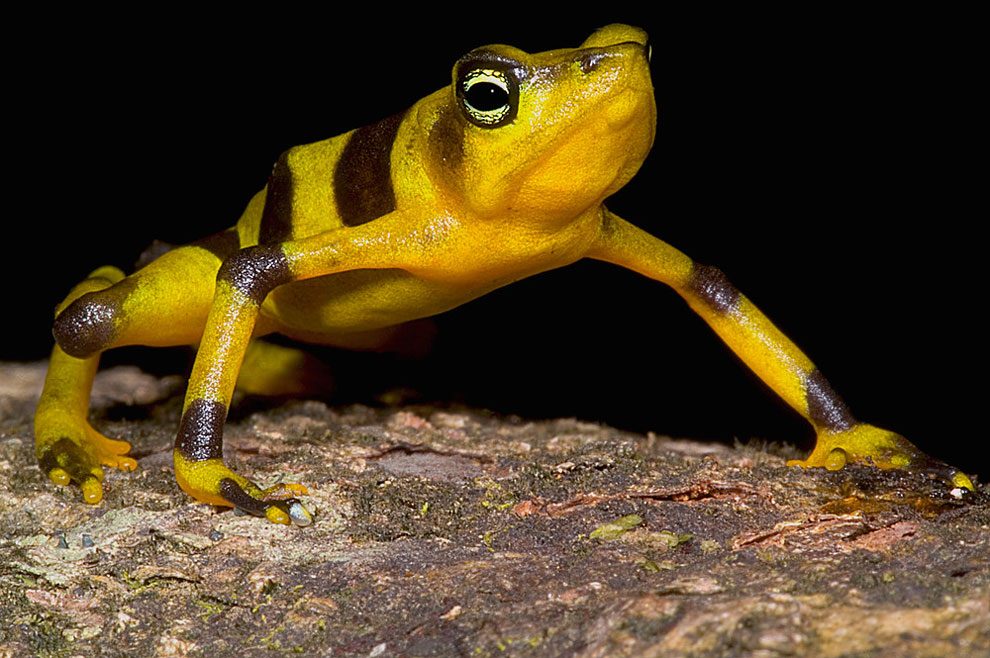
The golden harlequin toad has vanished from the wild, and only a small number live on in captivity. A fungus caused them, and many other amphibians, to die out in their home in Central America. (Photo by Danté Fenolio/The Guardian/Johns Hopkins University Press)
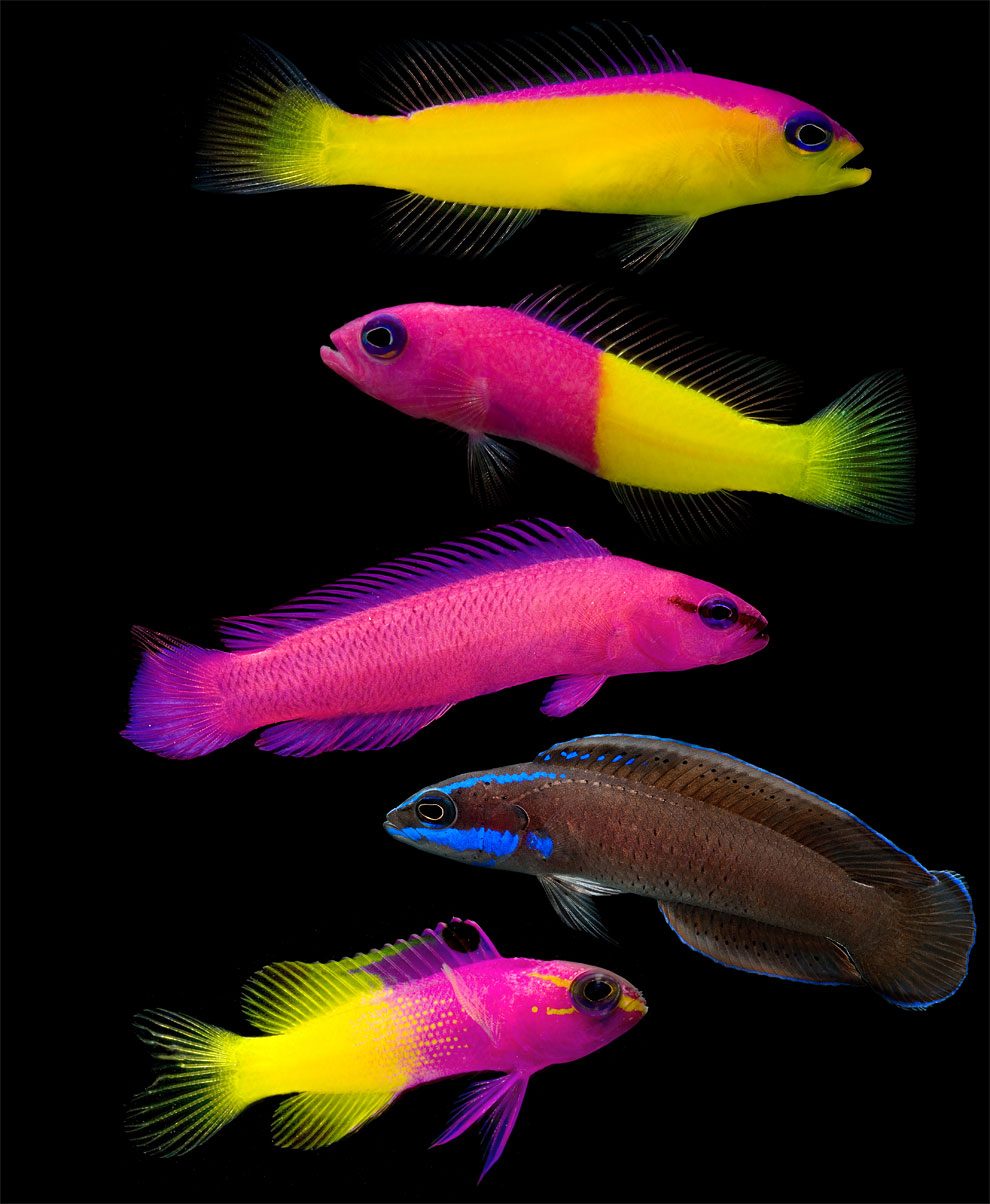
The bicolour dottyback inhabits coral reefs in the Indo- Pacific ocean at depths down to 27m (90ft). (Photo by Danté Fenolio/The Guardian/Johns Hopkins University Press)
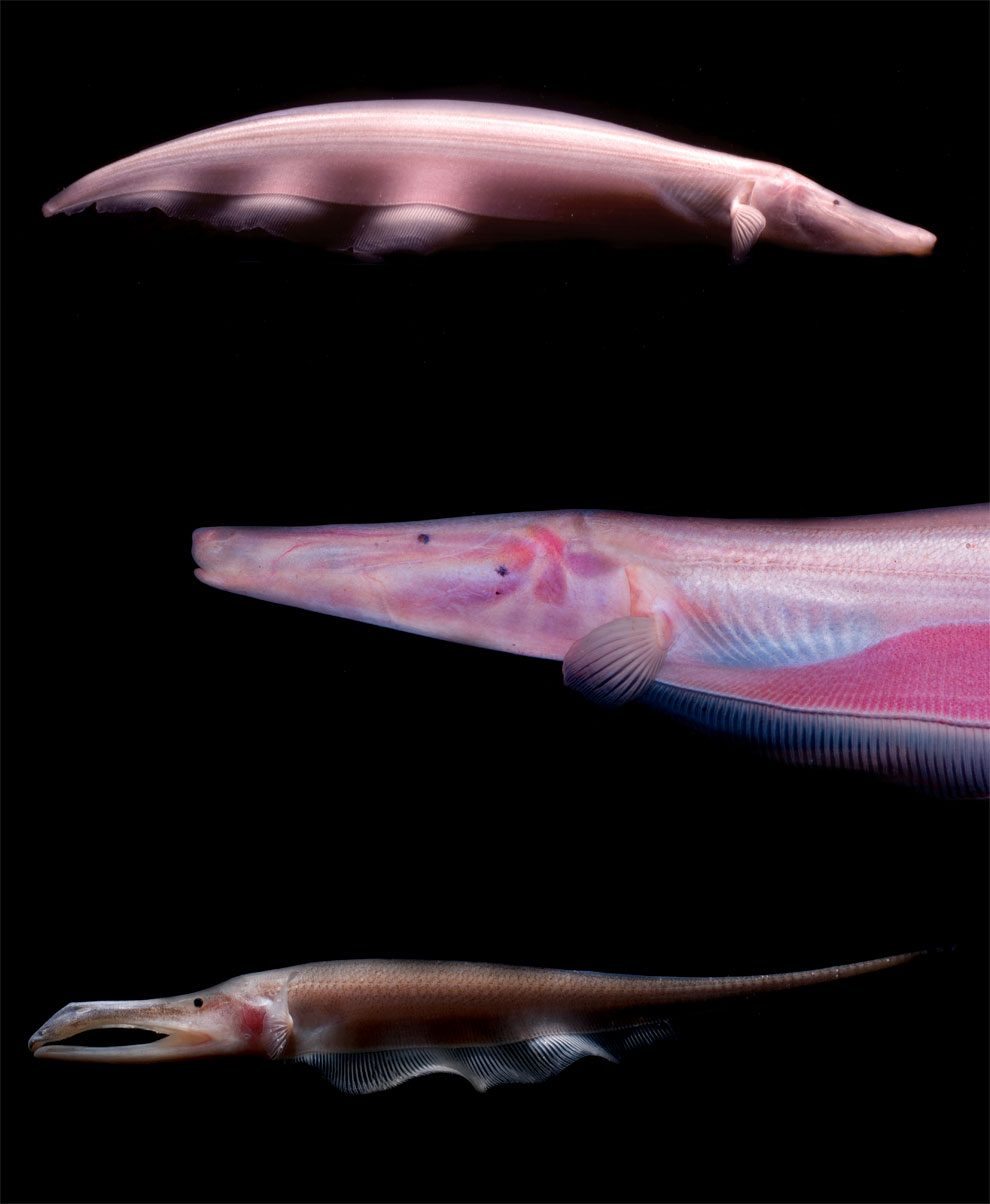
Electric knifefishes of South America occupy a wide variety of habitats – this pink variety is found in the deep waters of the Amazon. Its eyes can only tell light from dark. (Photo by Danté Fenolio/The Guardian/Johns Hopkins University Press)
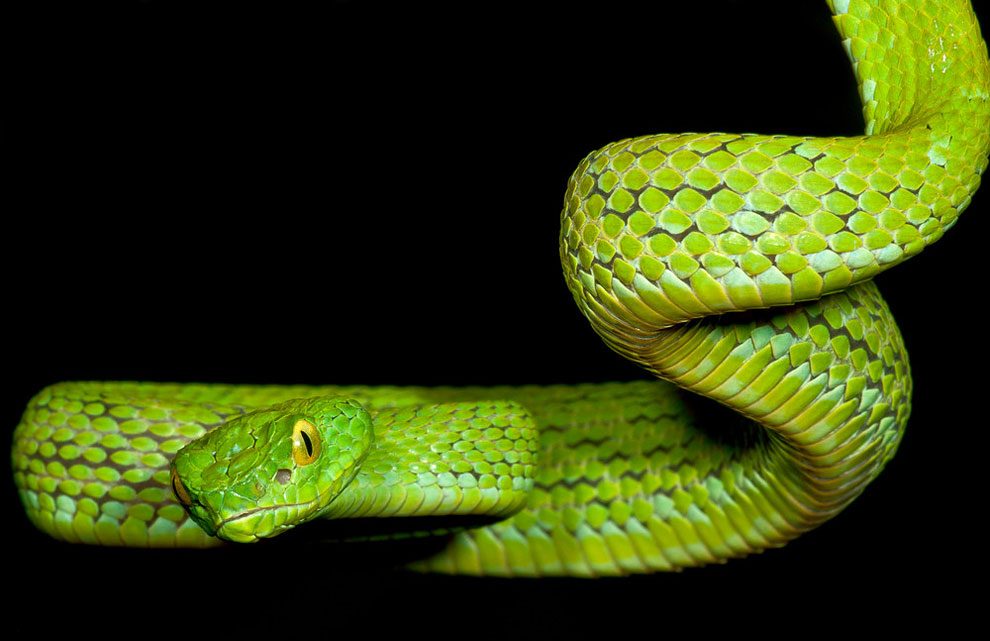
The Mexican palm-pit viper lives in elevated forests – though these habitats are diminishing. (Photo by Danté Fenolio/The Guardian/Johns Hopkins University Press)
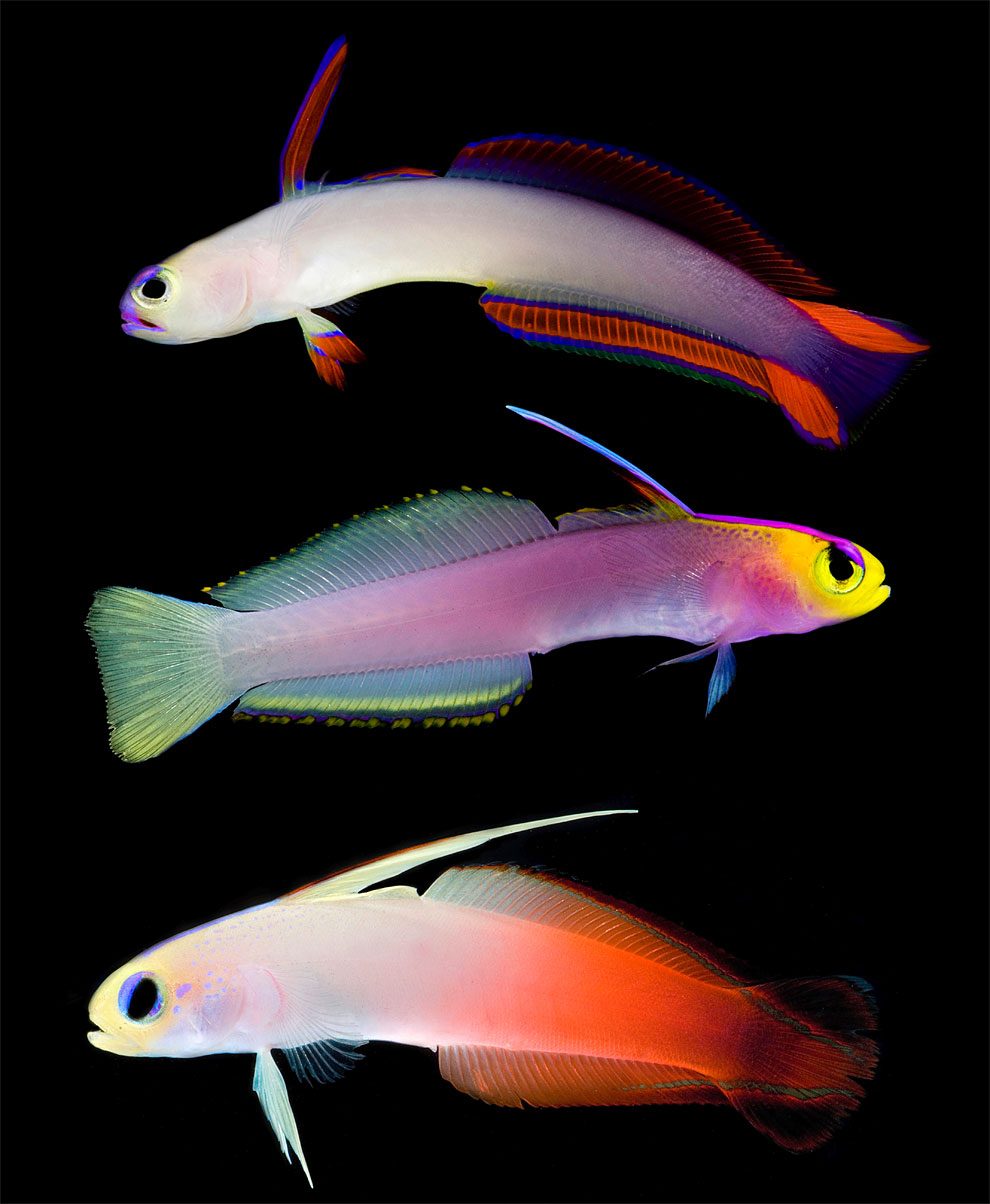
Nemateleotris helfrichi (top), is found in the tropical west Pacific ocean down to 90m (295ft); Nemateleotris magnifica (bottom) is found in the tropical Pacific, in the Red Sea, and off the coast of east Africa. (Photo by Danté Fenolio/The Guardian/Johns Hopkins University Press)

A cave-dwelling grotto salamander from the Ozark mountains of the United States, whose eyes do not function. (Photo by Danté Fenolio/The Guardian/Johns Hopkins University Press)
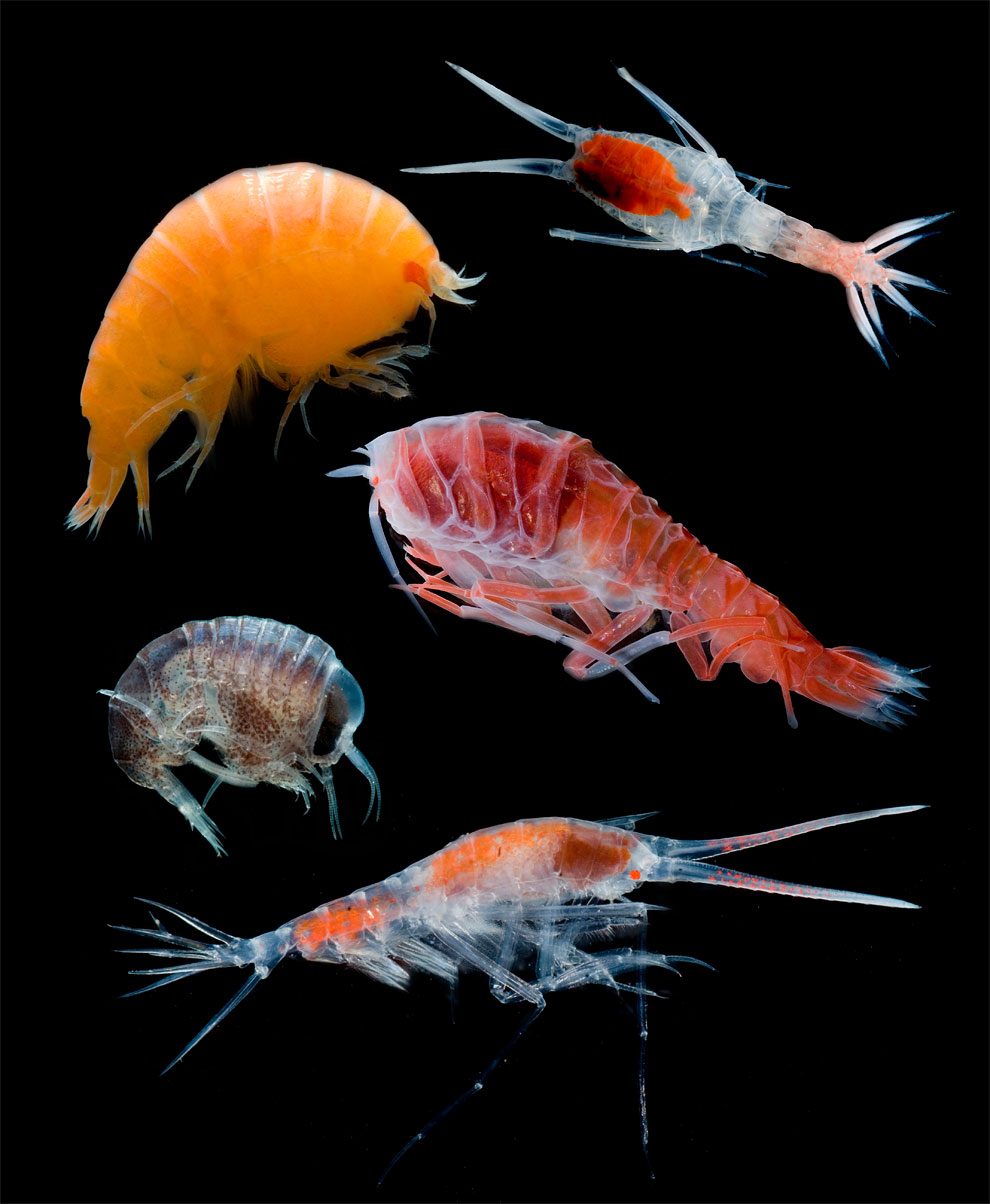
These crustaceans live hundreds of metres below the ocean’s surface. (Photo by Danté Fenolio/The Guardian/Johns Hopkins University Press)
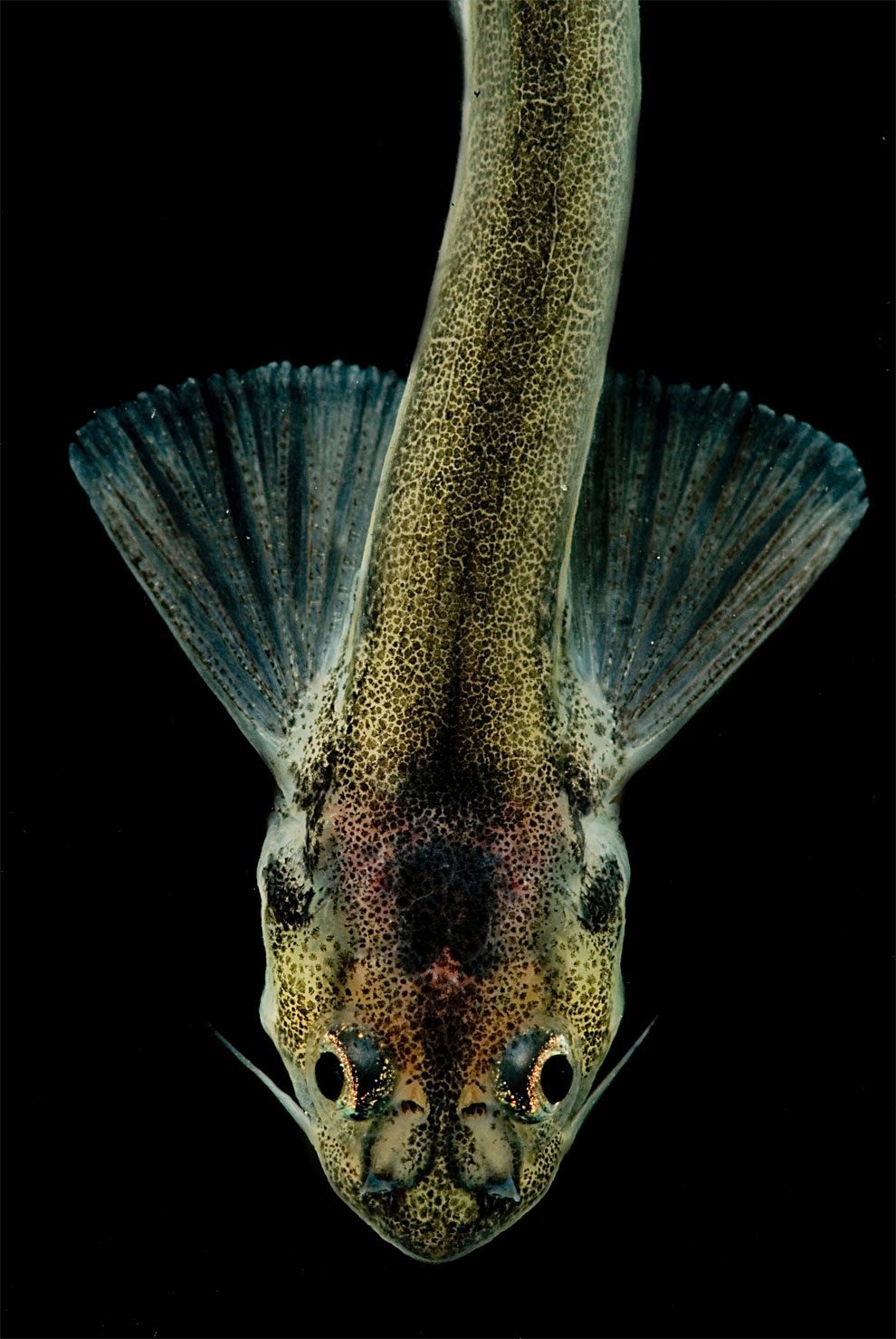
Candirú, a typical Amazonian basin species from the Río Napo in Peru. (Photo by Danté Fenolio/The Guardian/Johns Hopkins University Press)
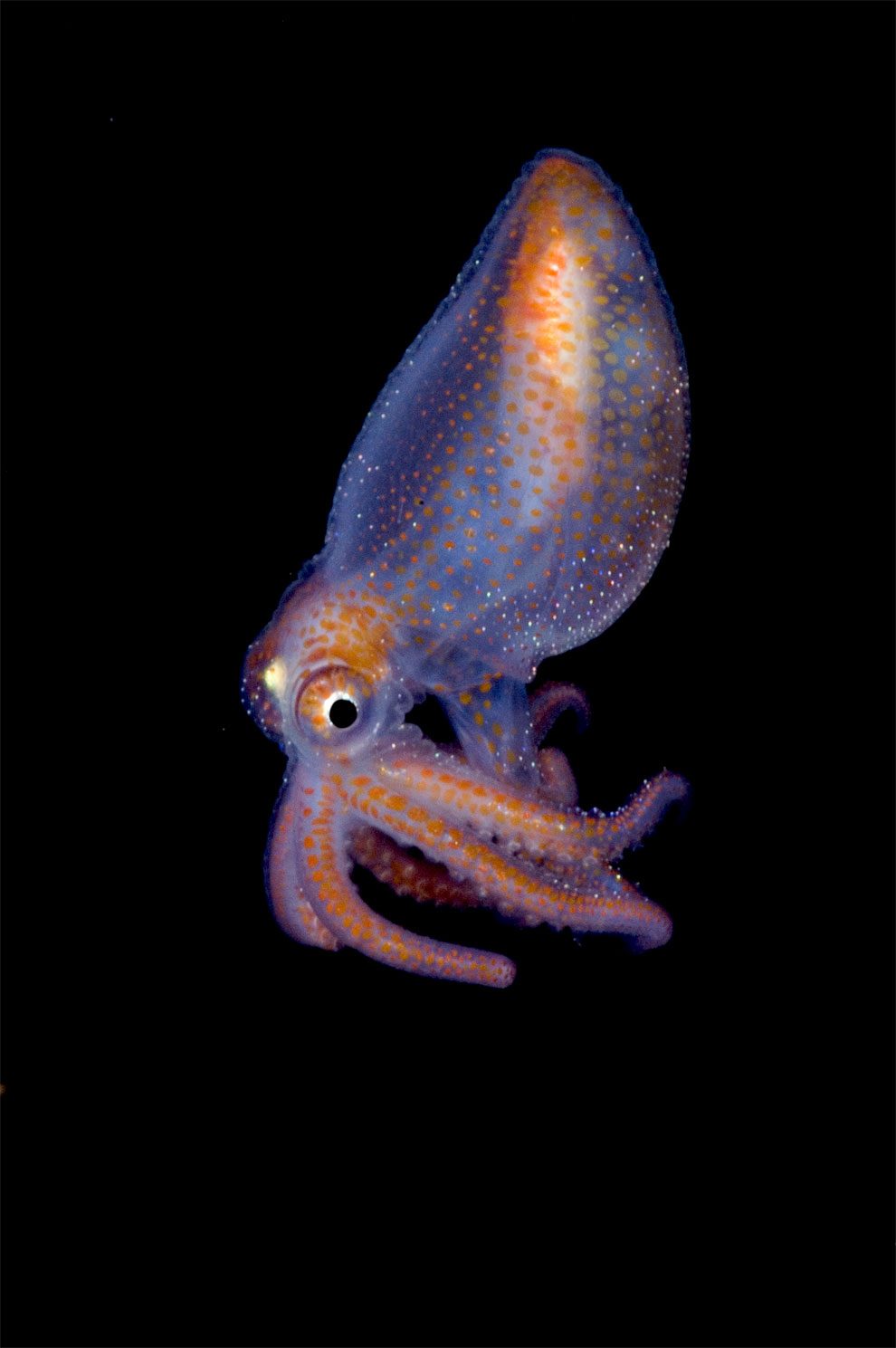
A juvenile octopod captured in a trawl between 200 and 400m deep in the Gulf of Mexico. (Photo by Danté Fenolio/The Guardian/Johns Hopkins University Press)
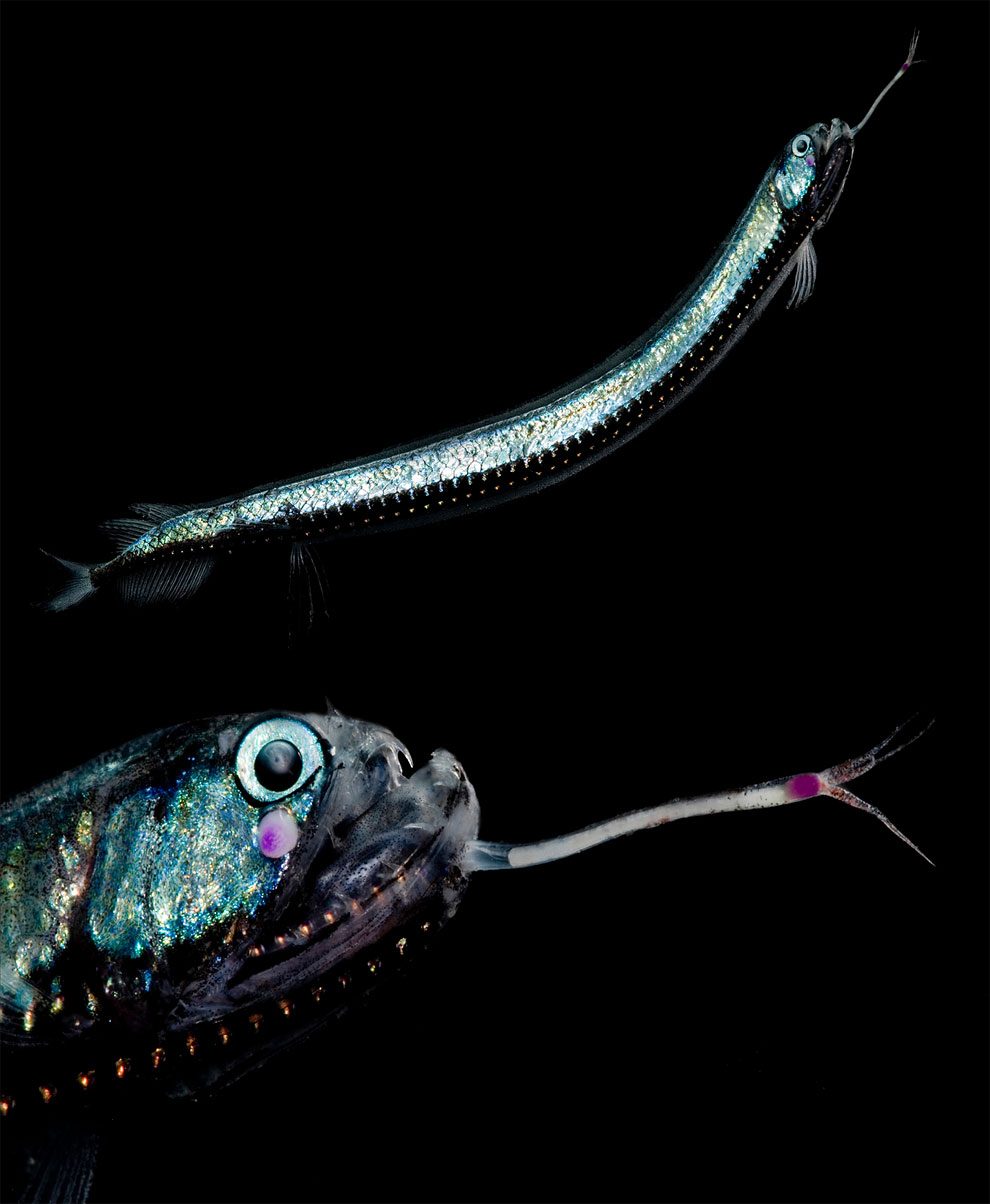
Günther’s boafish, a kind of dragonfish with a network of photophores along the length of its body, caught in the Gulf of Mexico. (Photo by Danté Fenolio/The Guardian/Johns Hopkins University Press)
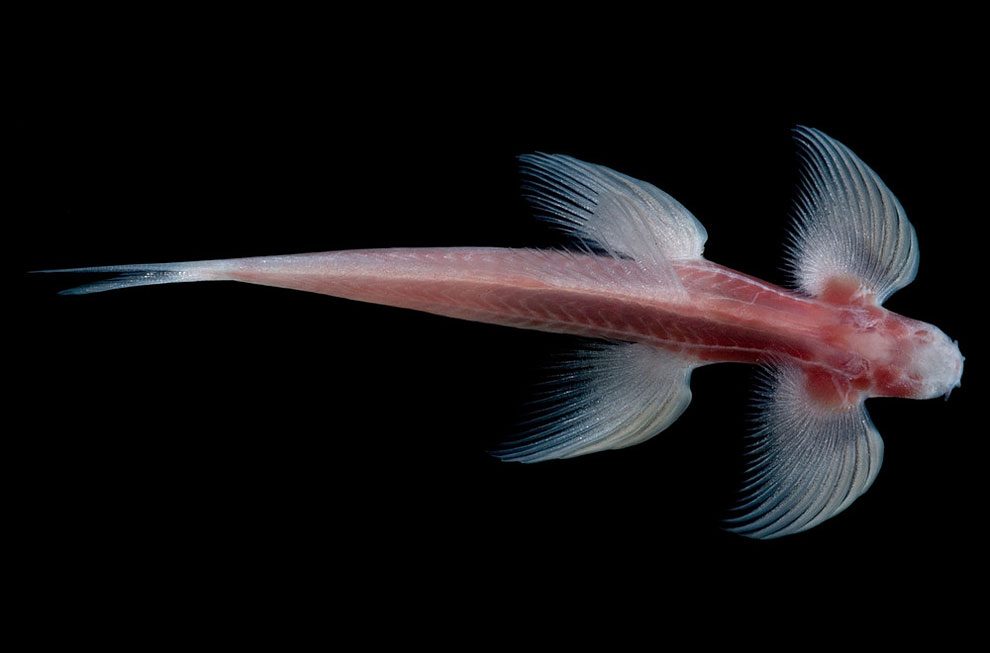
A waterfall-climbing loach, photographed in northern Thailand. It uses its well-developed pectoral and pelvic fins to crawl out of the water to feed on bacteria growing on damp rocks. (Photo by Danté Fenolio/The Guardian/Johns Hopkins University Press)
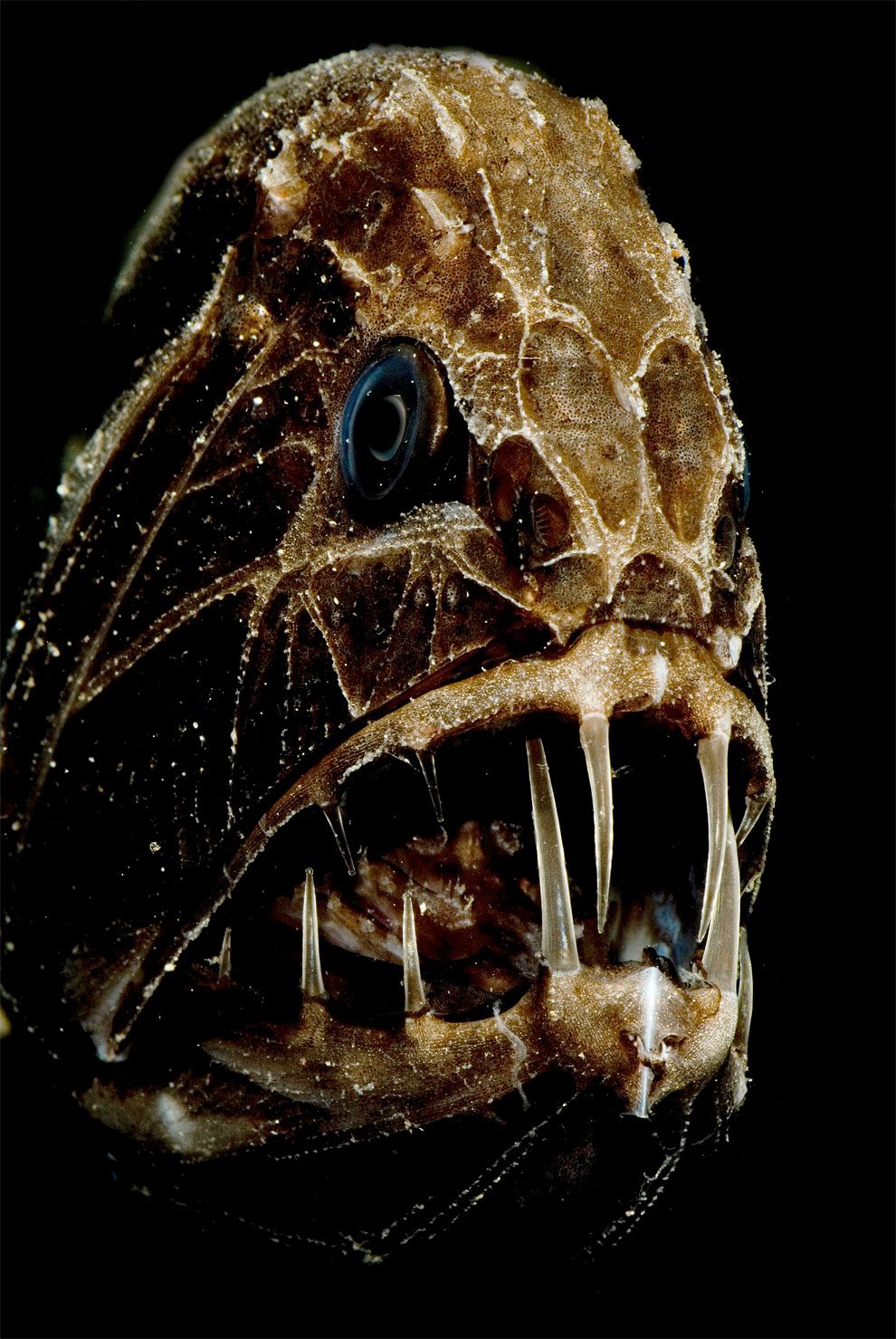
The common fangtooth, which has some of the biggest teeth for its size in the animal kingdom. (Photo by Danté Fenolio/The Guardian/Johns Hopkins University Press)